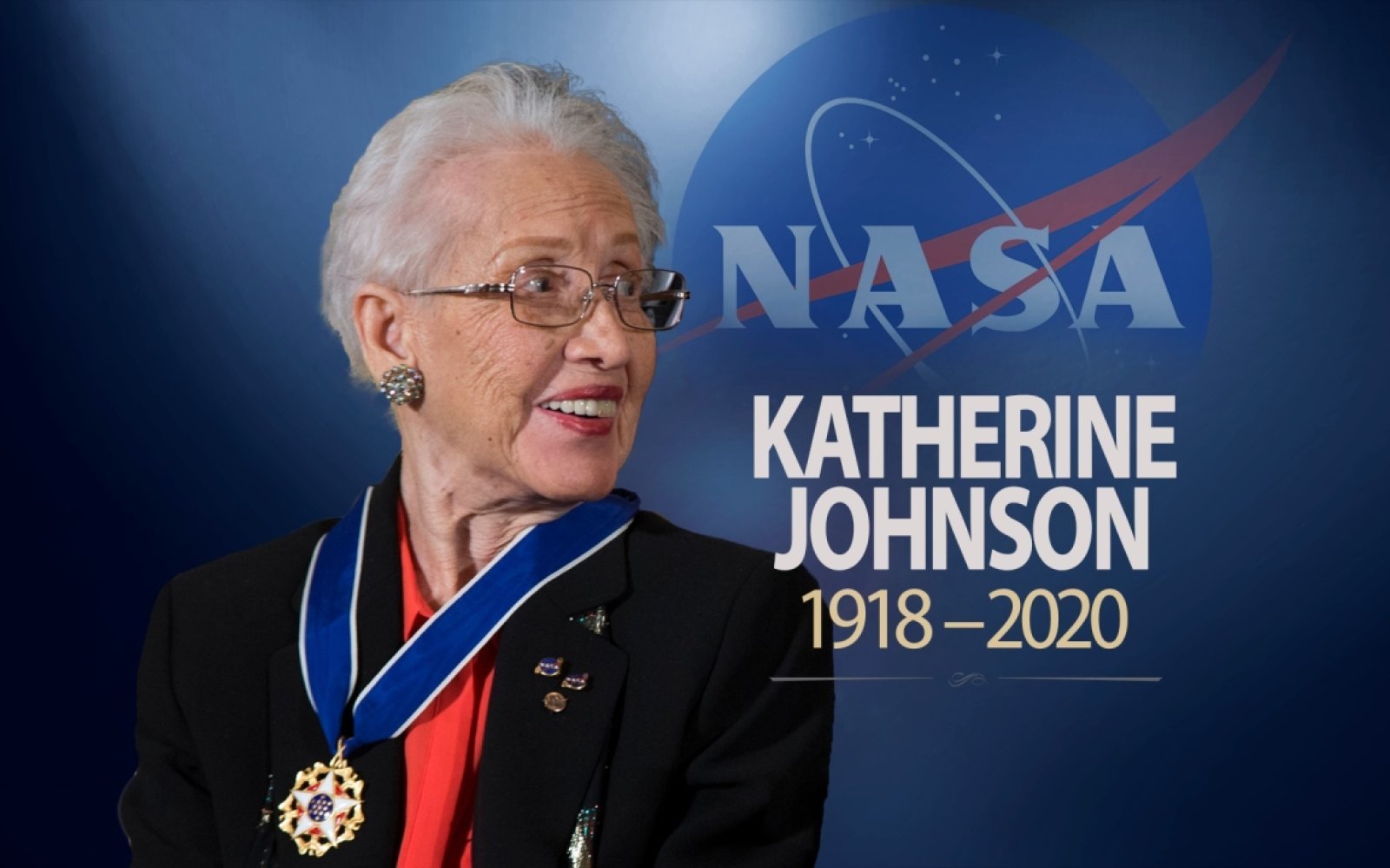Born on August 26, 1918, Katherine Johnson was a renowned mathematician whose groundbreaking work at NASA helped to change the course of history. She overcame significant barriers, both societal and educational, to contribute to the U.S. space program's success. Her story is not just one of personal achievement; it embodies the struggles and triumphs of many African Americans during a time of segregation and discrimination.
Who Was Katherine Johnson?
Katherine Johnson made the most of limited educational opportunities for African Americans, graduating from college at age 18. She began working in aeronautics as a "computer" in 1952, and after the formation of NASA, she performed the calculations that sent astronauts into orbit in the early 1960s and to the moon in 1969. Johnson was honored with the Presidential Medal of Freedom in 2015 and saw her story brought to light through a book and a feature film the following year. She passed away on February 24, 2020, at the age of 101.
Early Years and Education
Johnson was born Katherine Coleman in White Sulphur Springs, West Virginia. A bright child with a gift for numbers, she breezed through her classes and completed the eighth grade by age 10. Although her town didn’t offer classes for African Americans after that point, her father drove the family 120 miles to Institute, West Virginia, where they lived while she attended high school.
Johnson enrolled at West Virginia State College, where she encountered a hands-on faculty. One particularly engaged professor was Dr. William W. Schieffelin Claytor, who was determined to prepare Johnson to become a research mathematician. At age 18, she graduated summa cum laude with degrees in mathematics and French.
The 'Computer'
Beginning in the late 1930s, Johnson taught math and French at schools in Virginia and West Virginia. In 1952, she learned that the National Advisory Committee for Aeronautics (NACA) was hiring African American women to serve as "computers." This involved performing and checking calculations for technological developments. Johnson applied and was accepted for a position at Langley Research Center in Hampton, Virginia, the following year.
Johnson proved adept at her calculations and displayed a curiosity and assertiveness that surprised her superiors. She recalled, "The women did what they were told to do. They didn’t ask questions or take the task any further. I asked questions; I wanted to know why." After only two weeks, she was transferred from the African American computing pool to Langley's flight research division, where she earned additional responsibilities.
NASA Pioneer
In 1958, after NACA was reformulated into NASA, Johnson was among those tasked with determining how to get a human into space and back. The following year, she remarried, to decorated Navy and Army officer James A. Johnson. For Johnson, calculating space flight came down to the basics of geometry. She explained, "The early trajectory was a parabola, and it was easy to predict where it would be at any point."
The challenge of sending a man into orbit involved complex calculations to account for gravitational pulls. By that time, NASA had begun using electronic computers, but Johnson's checks on their work were crucial, providing the go-ahead for John Glenn's successful orbit in 1962.
Awards and Legacy
Johnson was honored with numerous awards for her groundbreaking work. Notable among these are the 1967 NASA Lunar Orbiter Spacecraft and Operations team award and the National Technical Association’s designation as its 1997 Mathematician of the Year. She also earned honorary degrees from several universities, including West Virginia University.
In November 2015, President Barack Obama presented Johnson with the Presidential Medal of Freedom. A year later, she was honored by NASA with the dedication of a new research building named after her — the Katherine G. Johnson Computational Research Facility. Johnson's humble response to this honor showcased her modesty: "You want my honest answer? I think they’re crazy."
Spouse and Children
In 1939, Johnson married James Francis Goble, with whom she had three daughters: Joylette, Katherine, and Constance. Her family was a source of strength throughout her illustrious career, providing support as she broke barriers in the male-dominated fields of math and science.
Final Thoughts
Katherine Johnson's legacy is one of perseverance, intelligence, and breaking barriers. Her contributions to mathematics and the space program have inspired generations to pursue careers in STEM fields. Her story serves as a powerful reminder of the importance of diversity and inclusion in science and technology, encouraging young people everywhere to follow their dreams, no matter the obstacles they may face.
Eric Carmen: From Raspberries To Iconic Soundtracks
Adnan Syed: A Complex Journey Through Crime, Conviction, And Exoneration
The Remarkable Journey Of Cornelius Vanderbilt: From Ferryboats To Fortune


